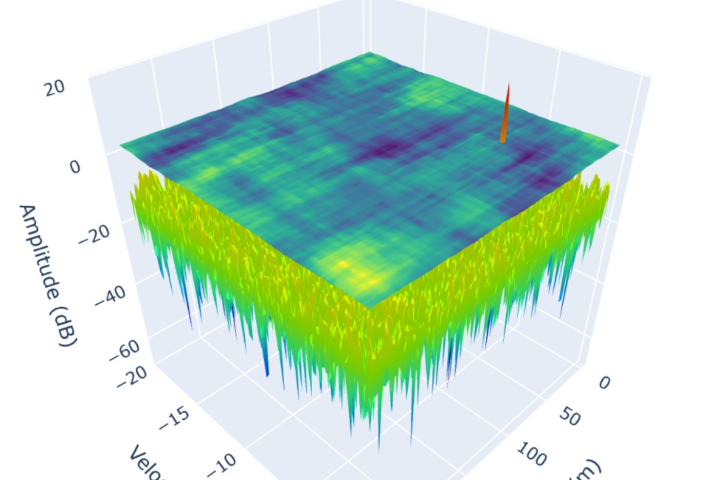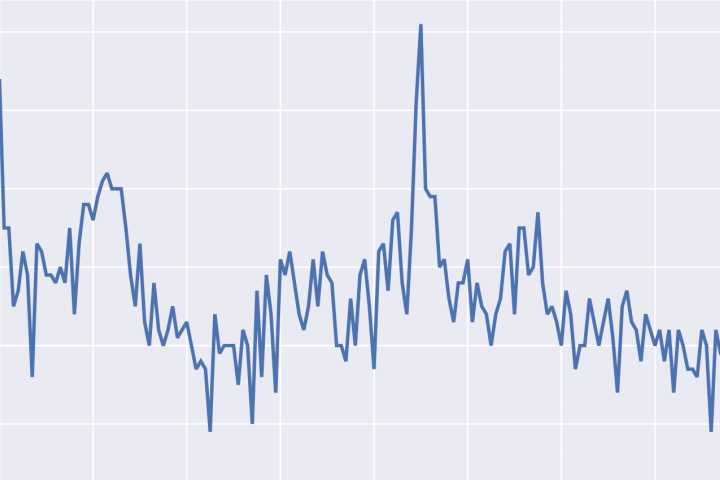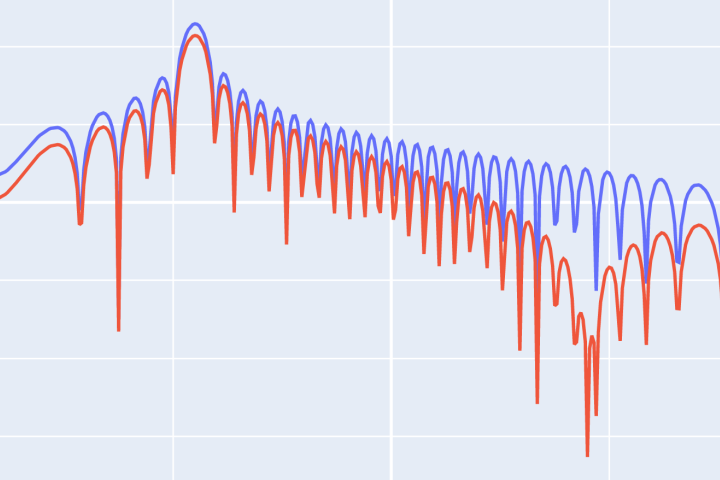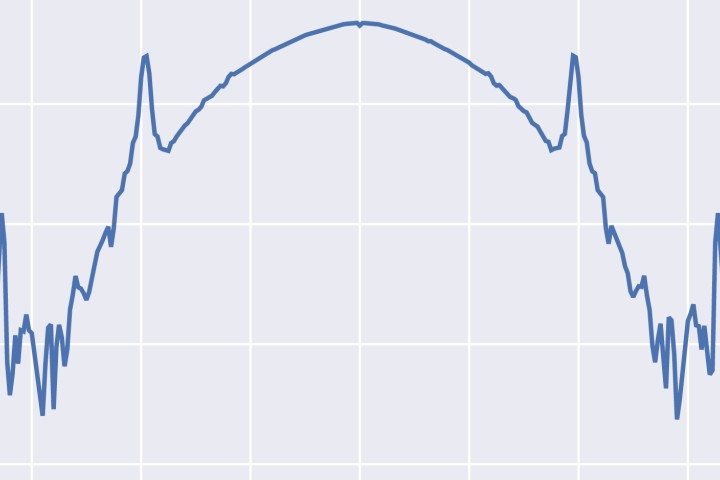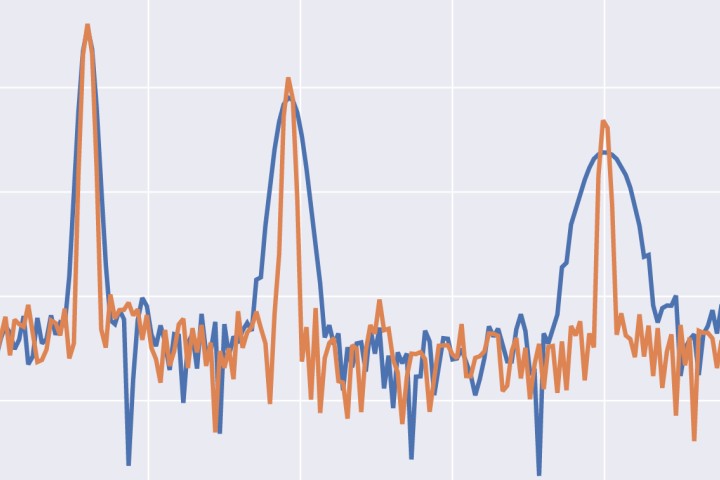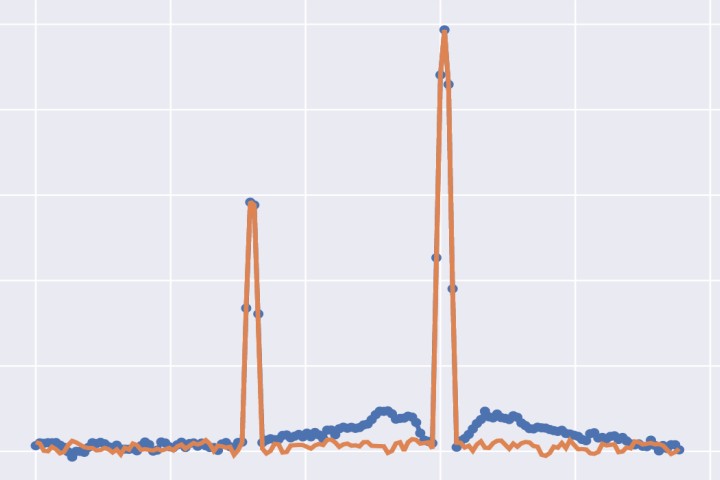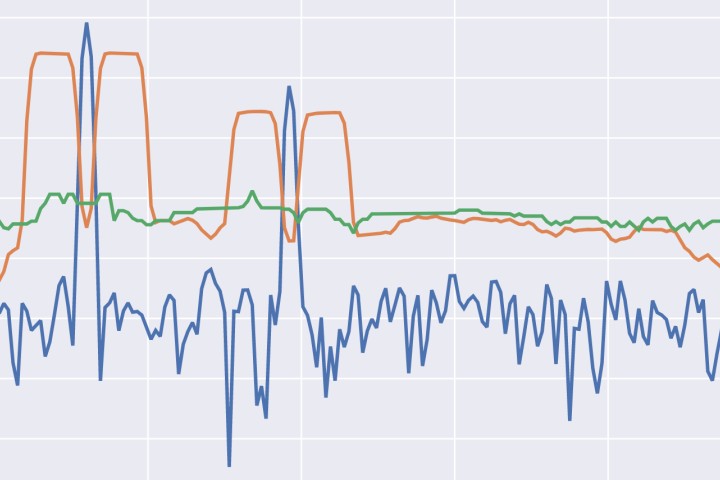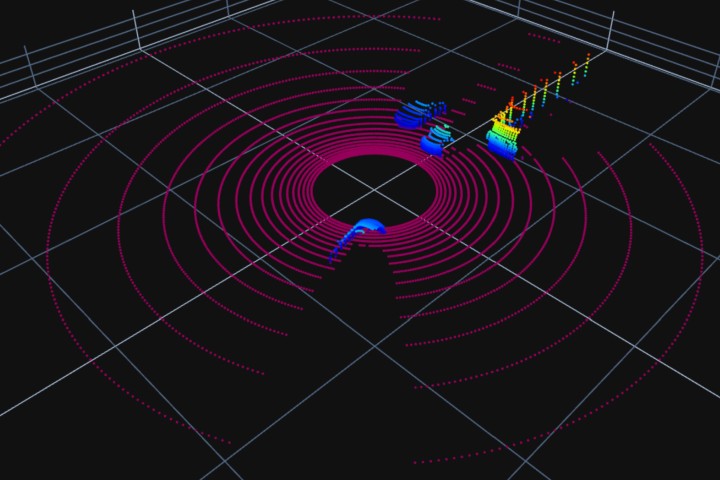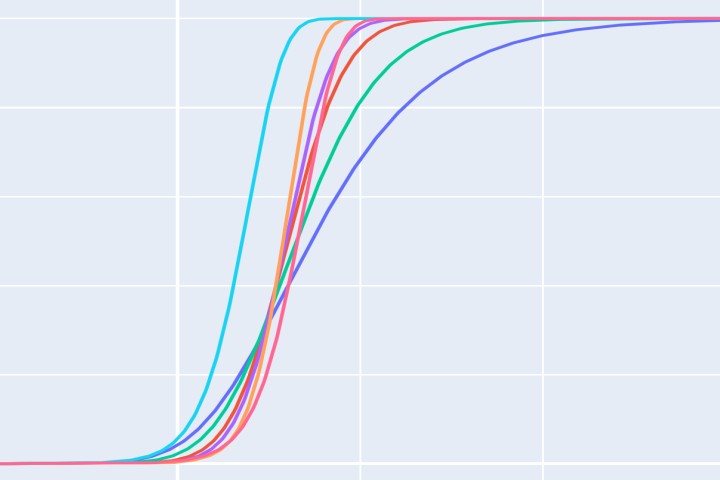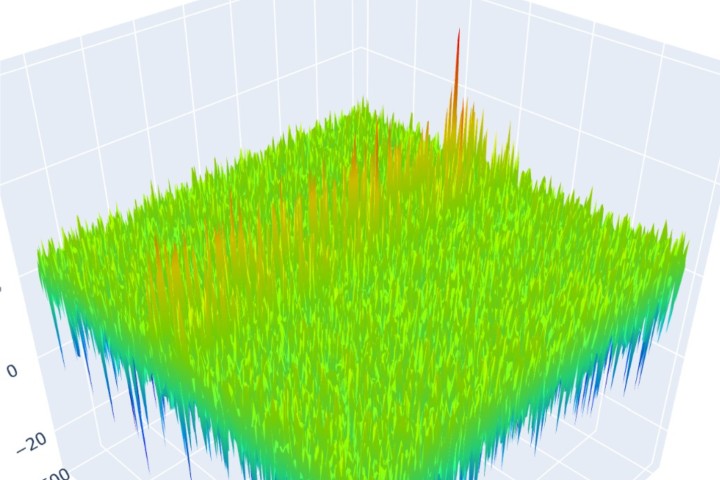FMCW Radar with a Corner Reflector
This illustration offers a simulation of an FMCW radar employing a trihedral corner reflector, implemented through the raytracing framework provided by RadarSimPy. Furthermore, it presents a practical demonstration of essential range and Doppler processing techniques, allowing the extraction of target range and velocity information, in addition to showcasing the two-dimensional CFAR technique.
